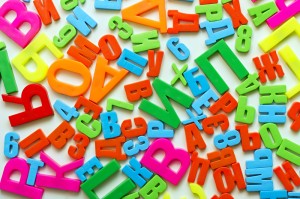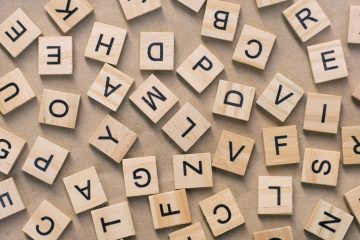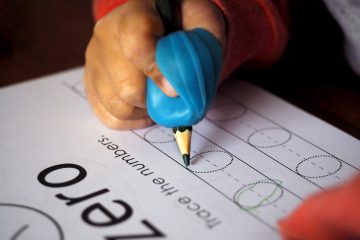 A few months back, I posted about the importance of knowing your child’s learning style. Hopefully, you took some time to take the quiz and find out just exactly how your little one’s brain ticks. If not, check out this quick learning styles quiz.
A few months back, I posted about the importance of knowing your child’s learning style. Hopefully, you took some time to take the quiz and find out just exactly how your little one’s brain ticks. If not, check out this quick learning styles quiz.
I mentioned in the post that my Kindergartener is extremely kinesthetic. That is, she learns best by touching or doing, not listening or seeing. Since many teachers tend to use primarily verbal and auditory teaching methods, these types of learners can have a rough time when learning to read, or learning anything else for that matter! It’s not that these kids are incapable of learning. Oh no! It’s that they learn in way that is different from how most educators teach, which clearly puts them at a disadvantage.
Having said that, there are so many things that you as a parent can do to enhance your child’s literacy acquisition at home. Consider the following tips, for instance:
Phonics
If you’ve been reading our Reading Essentials posts, you know that phonics –that is associating letters with their sounds –is an important part of the “learning to read” process. Since letter sounds are obviously auditory, and letters themselves are visual, you may think it’s impossible to teach phonics in a way that appeals to a kinesthetic learner. Not so fast, though. There are many ways that you can get your child moving as she’s mastering this important skill. Here are some ideas:
- Have your child trace letters in sand or clay while simultaneously making the sound of the letter.
- Let your child play with letter magnets on the refrigerator or a cookie sheet and say the sounds of each letter together.
- Lay out sheets of paper or cardboard with letters written on them. Have your child jump from one letter to the next as you call out the sounds.
- Use your index finger to “write” a letter on your child’s back and have her guess the letter and corresponding sound.
Advanced Skills
Once your child is proficient in associating letters with their corresponding sounds, you can begin to focus on more advanced skills. Consider these fun kinesthetic activities and strategies:
- Write the names of household objects like “door,” “wall,” “fan,”etc. on index cards or construction paper. Then, use them as flash cards and have your child go and touch the object on each card.
- Read familiar stories to your child and have her act out the events in the story, or have a puppet show!
- Make word families with letter magnets.
- Spell words with letter stickers or letter stamps.
Need more ideas? Check out these creative reading activities for kinesthetic learners!
Do you have a kinesthetic learner at home? Share your experiences with our community.


